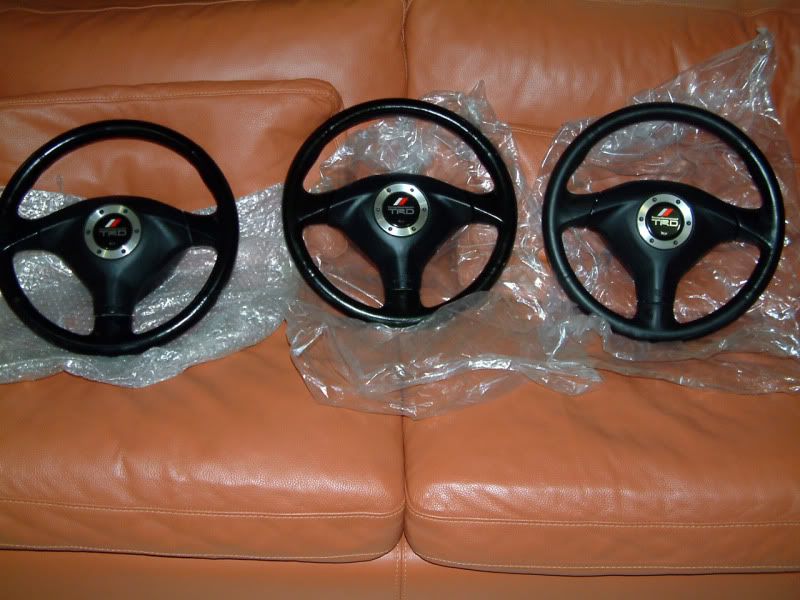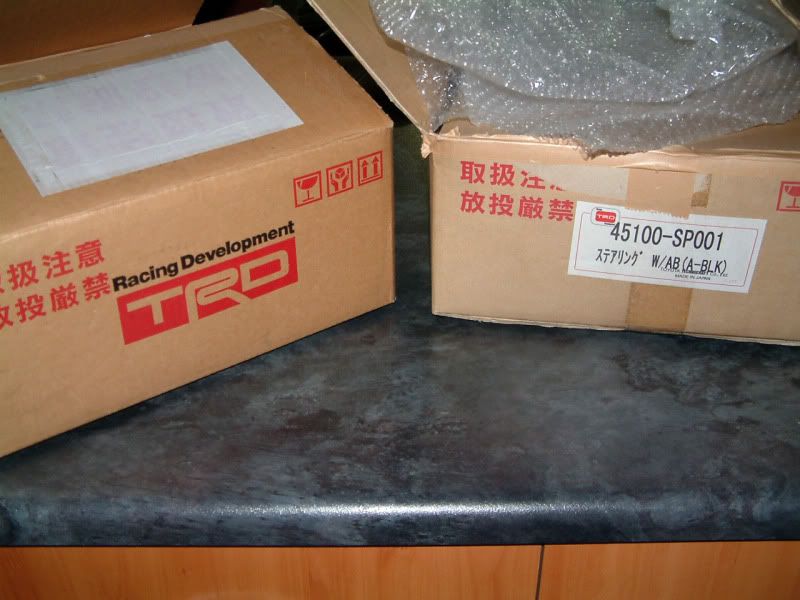Thinking of giving shopping in Japan a go, but you’re unsure where to start or maybe even what to buy? If that’s the case, read on, for tips and tricks from a fellow Aussie who has been shopping in Japan, online, for the last five plus years.
Shopping for Japanese goods has never been easier than now, especially with websites like Rakuten making an extra special effort to assist foreigners, yes, us Aussies too, with English language translation of their website; making previously difficult navigation a thing of the past. Gone are the days of having two or three browser windows opened, cutting and pasting various texts to your favourite translation software or site of choice, just to make heads or tails of a website. Now, merely head on over to http://global.rakuten.com/au/ and you’d be forgiven for thinking you were on an Aussie website, it really is that easy.
Once there all one needs to do is decide what to buy, which is easier said than done. Not because it’s difficult to find what you want, definitely not! The biggest problem, I find, is the sheer size and range of products on offer. Mind you, I’m no shop-aholic by any stretch of the imagination, but let me loose on a site like Rakuten and I can spend hours just surfing the site and discovering new and exotic products, much to the distress of my poor wife.
If you are like most males though, you’ll already know what it is you want to buy. In which case, it’s simply a matter of finding what you want, either by navigating to the appropriate category, which should be self-explanatory, or alternatively by simply searching for the product using the built in search function.
Before I go on though, a quick note about using search; I’ve found it’s always best to use generic keywords and keep the searches simple and broad to start with. Then, once you’re in the general vicinity of what you are looking for, narrow the search further and go from there.
As I’ve already mentioned, there is an absolute plethora of products available from sites like Rakuten; but what to buy? Having been faced with that question myself, many times over, I’ve come to a few simple conclusions, which you can perhaps use as a general guide for your own shopping ‘expeditions’.
Obviously, there’s not much point buying something overseas, Japan or otherwise, if you can get it locally, unless, of course, you can buy it cheaper from overseas. That’s a given.
Personally, I tend not to purchase things that require an exacting fit. What I mean by this is things like shoes for example; shoes are an item that you’d generally want to try on to make sure they are comfortable and fit exactly before you purchase them. Shoe sizing also differs from country to country, so your size 10 sneakers here might be an 11 in the UK and a 9.5 in Japan, you get the idea, right? This rule goes for other goods and products too, so just use your good judgement, and common sense and you’ll be fine.
Clothing on the other hand, you can probably get away with not having a perfect fit so you should be quite safe in that area. Speaking of clothing, if you are a fashionista or brand name junkie in any sense of the word you will absolutely love shopping the clothing and accessories sections of Rakuten. There are brand names galore as well as accessories like wristwatches and jewellery that you’d be hard pressed to find in one location anywhere else, it simply is mind-boggling. I would hazard a guess that this abundance of the latest fashions and trends probably stems from Japans obsession with style.
The reason I got so involved with buying from Japan, initially, was my need for import (aka JDM) car parts, so I guess that’s another good area to cover. First, up, if you’re thinking, “great, I’ll get myself that body kit or those wheels would give my car the perfect stance.” Don’t! For items of that size and weight, you’re probably better off going through an agent who specialises in shipping items of that nature as they tend to be quite cost prohibitive when purchased and shipped as one offs. Smaller car parts though, shouldn’t be a problem, but do keep in mind the weight of such items as you could find yourself getting caught out unexpectedly. Personally, I’ve quite literally lost count of the number of car parts I’ve purchased from Japan, as I’m sure those who know me can attest to.
Speaking of shipping, as already mentioned, be mindful of products that are excessive in size and or weight. Australia Post, for instance, has a restriction of 20kg per package that they will handle and deliver; anything heavier than that and a courier company will be required.
Because you will be buying from overseas and your goods will be crossing borders, customs fees will also need to be taken into account as part of the final cost of your purchase. Currently, items valued under $1000AUD do not incur a customs duty, go over this total and you’ll find yourself paying and extra 10% of the value of your goods. Also note that the $1000 threshold is calculated based on the cost of your goods and shipping costs, so don’t get caught out thinking you’re under the limit because you may get a nasty surprise. Additionally, you’ll probably also find that your goods, when shipped, are priced in Japanese Yen, in which case, currency fluctuations can also have an effect on the final value of your purchase when the necessary conversions to Australian dollars are performed.
Lastly, if for some reason, you have two or more packages being shipped to you and they happen to arrive at Australian customs at the same time; the combined value, including shipping costs, for all of your packages will be used to determine if you are over the duty free threshold.
Thus far, we’ve covered where to buy from, namely Rakuten, what to buy and how to find it as well as general shipping and delivery concerns. So what about what to expect when you finally get the products you’ve purchased. Going by my own personal experience, I think you’ll be quietly surprised when you finally open up your package. I regularly purchase goods from various countries around the world and I have found the Japanese, in general, are like no other nationality when it comes to business, and buying and selling on Rakuten is no different. You can certainly rest assured that you will get exactly what you paid for and in the best possible condition; no dodgy dealings, or counterfeit products here.
To give you an example of what I mean, whenever I’ve purchase second hand books or magazines from Japan they’ve always arrived in utterly pristine condition. I’ve been absolutely astounded to find the lengths the previous owners have gone to, to meticulously wrap the goods in multiple layers of protection, ensuring the product that looks almost like new! I kid you not.
When buying second hand goods, rest assured that if there are any imperfections or defects to be had, you won’t be confronted with any little surprises; every Japanese seller that I’ve encountered has photographed and visibly marked any areas of concern that may be evident with their products, if at all. This practice is so prevalent that sellers will even make note of overly bent pages in a book or magazine as they see it as a defect or problem for the buyer. So, even if you don’t exactly understand the description of the product, as they say, a picture is worth a thousand words.
Lastly, some final words of advice; while there are many varied reasons and advantages to buying products from Japan and in particular Rakuten, as with any venture, clearly there are also some pitfalls to be aware of. However, providing you are vigilant and aware of the overall situation the road to buying from Rakuten can actually be a very enjoyable, smooth and even a very rewarding exercise.
When I started writing the article I never intended to paint a rosy picture of the buying process, however, looking back now, I can’t think of any logical reason why it shouldn’t be just that. Either I’ve been extremely luck with my own buying experiences or it really is that simple that anyone can do it; I like to think it’s the latter.
by Mark




No comments:
Post a Comment